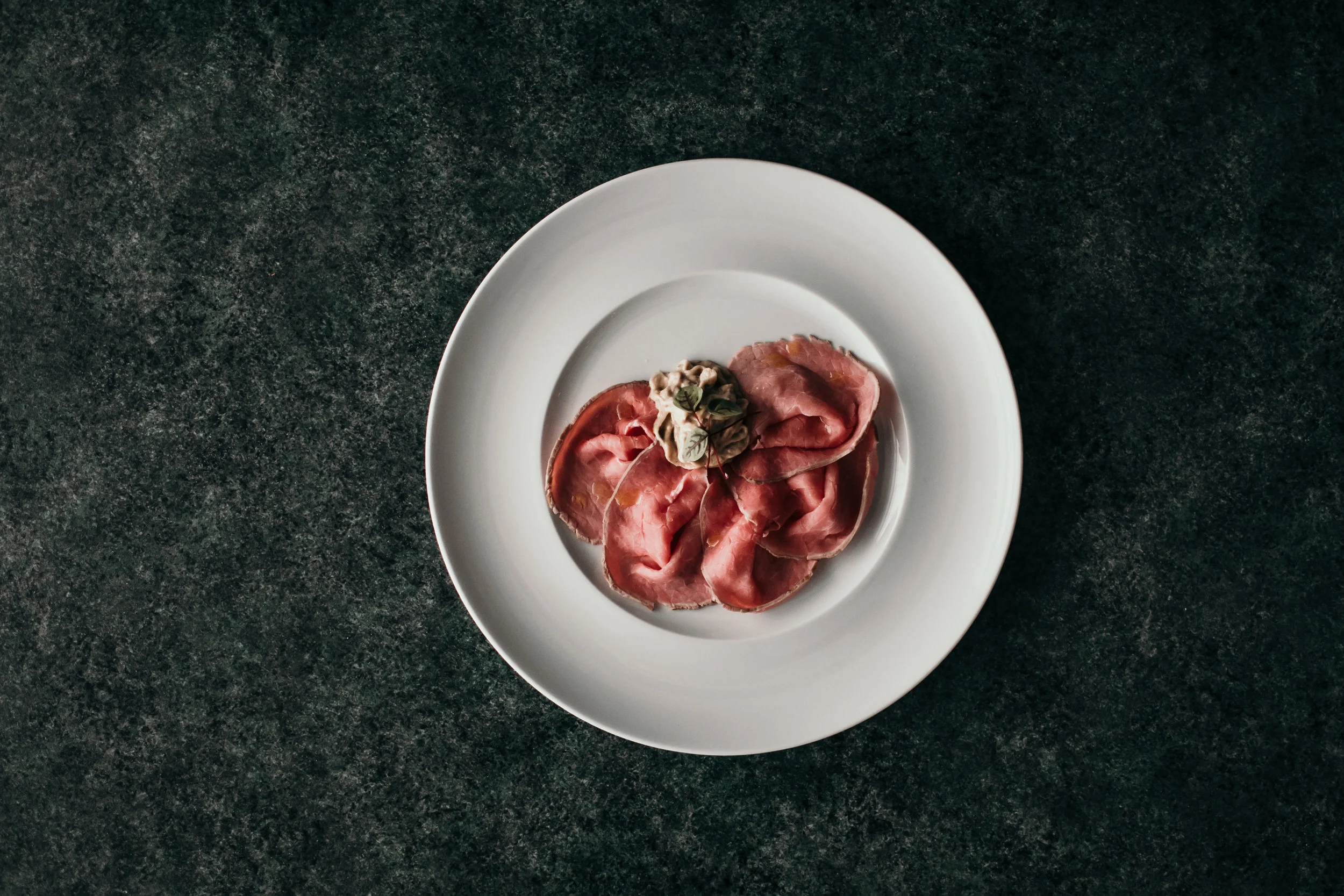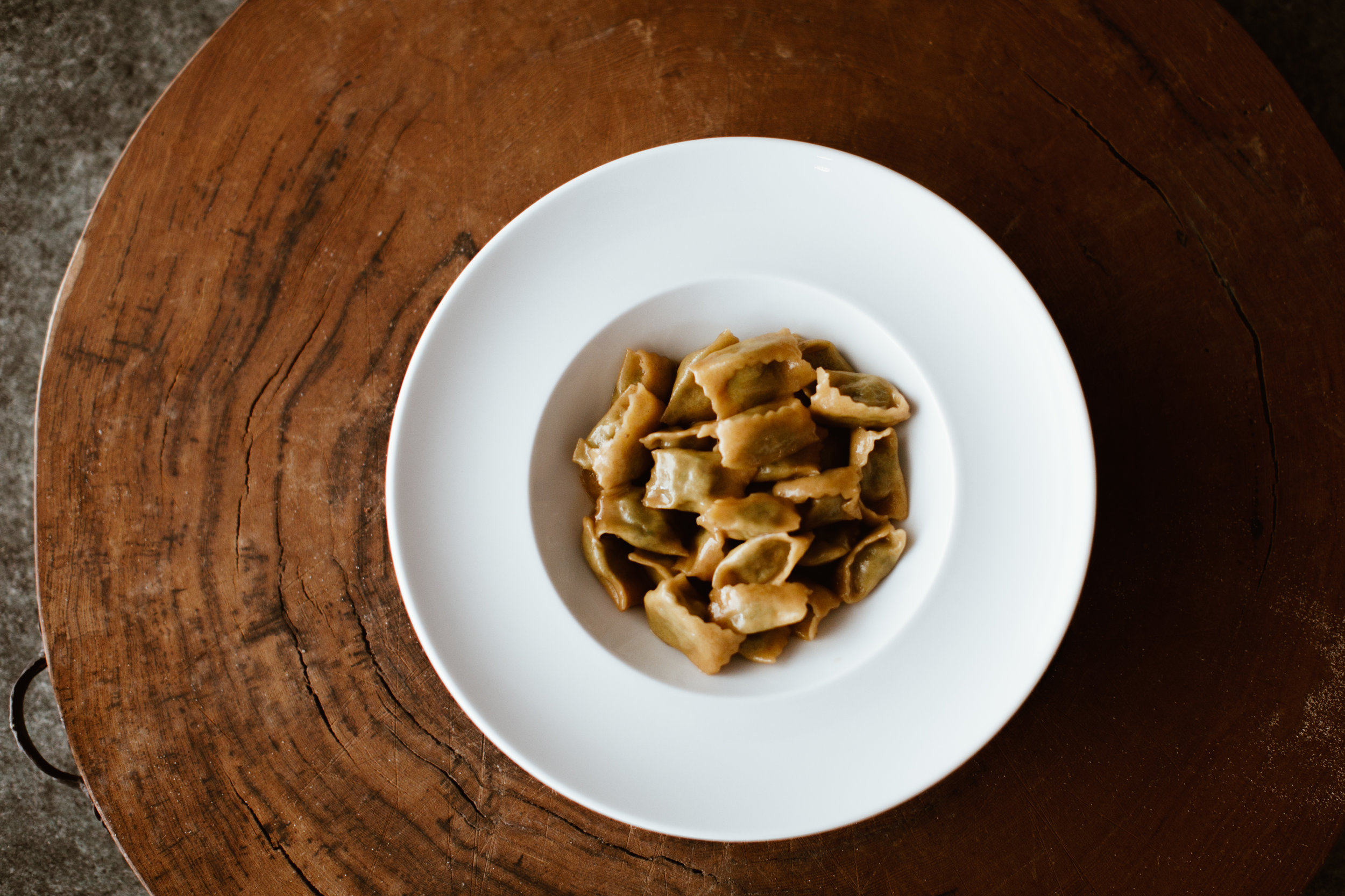Typical Piedmont Cuisine - the Best Italian Dishes
/by: Amanda
Home of the Slow Food Movement, Piemonte is the place to sit down, relax, grab your self a glass of wine and mangia!
Don’t chicken out on these dishes, you must give them a go because as they say “when in Rome, do like the Romans.” “We say when in Langhe do like the Langhette.”
Here is my easy guide of these northern Italian dishes, to help you figure out what those menu’s really mean.
Don’t ask for the English menu, here you have the perfect cheat sheet to show off your foodie Italian skills.
Remember this is the real Piedmont Italian food, there are no spaghetti and meatballs on these menu’s.
For Starters = Antipasti pronounced (an-ti-pah-stee)
Carne Cruda
pronounced car-neh cru-dah
This is a typical dish like a beef tartar but instead of lots of flavors to cover the delicate meat flavor, they will just add EVOO and salt. If you want to look like a local, this is eaten with a grissini (breadstick) in hand to give some crunch. The way the people in Alba enjoy their Carne Cruda is thin slices, the way the people in Monferrato enjoy their Carne Cruda is chopped with a knife (batutta con cotello)
Vitello Tonnato
pronounced vi-tell-oh toh-nat-toh
This dish everyone must try, because once you start you can’t stop! A real traditional Piedmontese recipe.
You have roast beef thinly sliced with a tuna, caper, and mayo sauce. Absolutely delicious, trust me.
Insalata Russa
pronounced in-sa-la-ta rue-ssah
This is Italy’s example of Potato Salad with some peas and carrots to make it healthy. There is sometimes tuna or hard boiled eggs added to this dish.
If you would like to make this easy dish at home you can find the recipe here.
Tonno di Coniglio
pronounced ton-no D co-nig-li-oh
A wonderful light dish made with rabbit that has been slow cooked to look like canned tuna. There is no tuna in this dish but the rabbit sure does look like one.
Bagna Cauda
pronounced ban-ya caou-dah
This one is for the brave, a traditional Piedmontese recipe. A fondue served warm made with EVOO, lots and lots of garlic, and anchovy. You will take this and dip your veggies here and must have a glass of Barbera to help clean your pallet.
For the First Course = Primi pronounced (pree-me)
Tajarin
pronounced thai-ya-reeen
This is what Piedmont is famous for, our typical egg pasta, like spaghetti, but yellow from all the egg yolks they put inside. This dish when the White Truffles of Alba are in season can be grated on top for extra flavor. Otherwise you will find it typically served with a ragù (rah-ghu) or salsiccia (sal-see-cha) or fassone (fas-on-neh).
If you would like to make this wonderful dish at home please check out how to here.
Agnolotti del Plin
pronounced ag-know-lo-tea del pleen
This is our small but big flavored ravioli. Typically stuffed with meat and vegetables, but can also me made in the magro (ma-grow) version and will then be stuffed with ricotta (re-coat-ta) and spinach.
If you would like the whole story about these wonderful ravioli and how to make them at home you can find this here.
Gnocchi
pronounced ño-key
This wonderful potato dumplings are light and fluffy and will typically be served with Castelmagno (cast-al-mag-know) cheese, which is a wonderful cows milk cheese coming from the Alps. Or you will find it al pomodoro (pom-oh-door-row) a tomato sauce.
Here is a great recipe of Gnocchi made with Ricotta and Stinging Nettles, here.
Risotto
pronounced riz-aught-toh
This is our rice, but made differently than the white rice you might find in an Asian or Indian restaurant. We cook ours with a vegetable broth adding a little bit at a time until the rice has reach the perfect texture. Then we will add either cheese, or seasonal vegetables.
Risotto cooked in wine recipe here.
Risotto with asparagus recipe here.
Main Course = Secondi (say-con-D)
Tagliata
pronounced tag-lee-ah-tah
this is the under filet of Fasone (fa-so-neh). Fasone is the breed of cow we have here in Piemonte, which is white, and very lean and so thus the meat should be enjoyed as rare as possible. Because if you cook it too much then it is better to braised to make it tender again.
Brasato
pronounced brah-za-toe
This is braised beef cooked in wine. Sometimes with Barolo wine, sometimes with Barbaresco wine, and sometimes with Nebbiolo wine. Slow cooked and so tender that can be cut with a spoon.
Bollito Misto
pronounced bowl-eat-toe miss-toe
This is a wintertime favorite of all kinds of boiled meat. Typically coming from the cow, and will be all kinds of different cuts. This is also served with two typical salsas that are Verde (ver-day) made with parsley, garlic, and EVOO or Rosso (roe-so) made with red peppers, and EVOO. The sauces are crucial to give the meat some extra flavor.
Fritto Misto
pronounced free-toe me-stow
The literal translation is a mixture of fried things. Yum! With this you must be prepared for a typical Piedmontese meal of 25 courses of fried stuff. You must be brave as they fry everything from sausage, veggies, brains, heart, to cookies and apples, for the lighter side of things.
Dessert = Dolce (dole-chay)
Bunet
pronounced boo-net
This is like a chocolate custard made with chocolate, almond cookies, eggs, and rum. It is quite decadent and perfect after a meal if a little bit of red wine is still in the glass.
Semifreddo
pronounced semy-fray-dough
As is sounds it is an almost frozen dessert. Typically made with Torrone (tore-rone-nay) an egg white nougat with honey and hazelnuts. Or they will make it with Chinato (key-nat-toe) a red grape fortified wine with and infusion of quinine, herbs and spices.
The Slow Food Movement
A few words about the Slow Food Movement that was started in Piemonte. It stated by Carlo Petrini in the 1990’s as the story goes; when McDonalds was trying to get the ok to be able to open up a food store in Piemonte or Rome (I am not quite sure which of the two), Carlo Petrini along with a group of friends and maybe some politicians started a protest, stating that Italy does not need any fast food stores.
What Italy needs is to practice the Slow Food traditions that are becoming more and more rare. That phrase Slow Food was the start of a movement, and organization to help preserve the traditional recipes and methods of the Italian regional cooking. With this list that I have given to you are some of these dishes that we need to keep in our traditions.
Please come to Piedmont with an open mind and to embrace the traditional foods that have shaped this area.
What we say in Sommelier school is: “wine from the area, food from the area.” As these are the two things that really go the best together.
You will also notice that when enjoying the wines and the food together that they make a perfect match.
At the end of this story, thanks to the Slow Food they have put some pretty interesting laws in place for McDonalds and any other fast food chains.
That for their food stores they must place on each menu products coming from that area.
So what does this mean?
No outside foods, no processed meat or (pink slime) as they call it. It must be made from the farms surrounding.
So when you are in Piemont and they have a burger with Tuma cheese, now you know why.




